This homemade New Orleans-style Creole Seasoning spice mix is bursting with flavor from paprika, garlic powder, onion powder, basil, thyme, oregano, marjoram, and cayenne pepper. This flavorful spice and herb blend will take all your Creole and Cajun recipes over the top without all the added sodium from the commercial brands. For added bold flavor, sprinkle it in soups, stews, eggs, and veggies.

What is Creole Seasoning blend used for?
It is generally used as a spice blend in Louisiana-style cooking and Creole cuisine, but the possibilities are endless.
- gumbo
- jambalaya
- dirty rice
- omelets
- shrimp and grits
- pasta
- potato salad
- French fries
- popcorn shrimp
- fried fish
- chicken
- seafood
- crawfish
- steak
- vegetables
How to make Creole Seasoning
Simply mix all the spices and herbs in a bowl or add them to a mason jar and shake to combine. Then, store it in a mason jar or other airtight container, store it in your spice cabinet, and use it when desired.
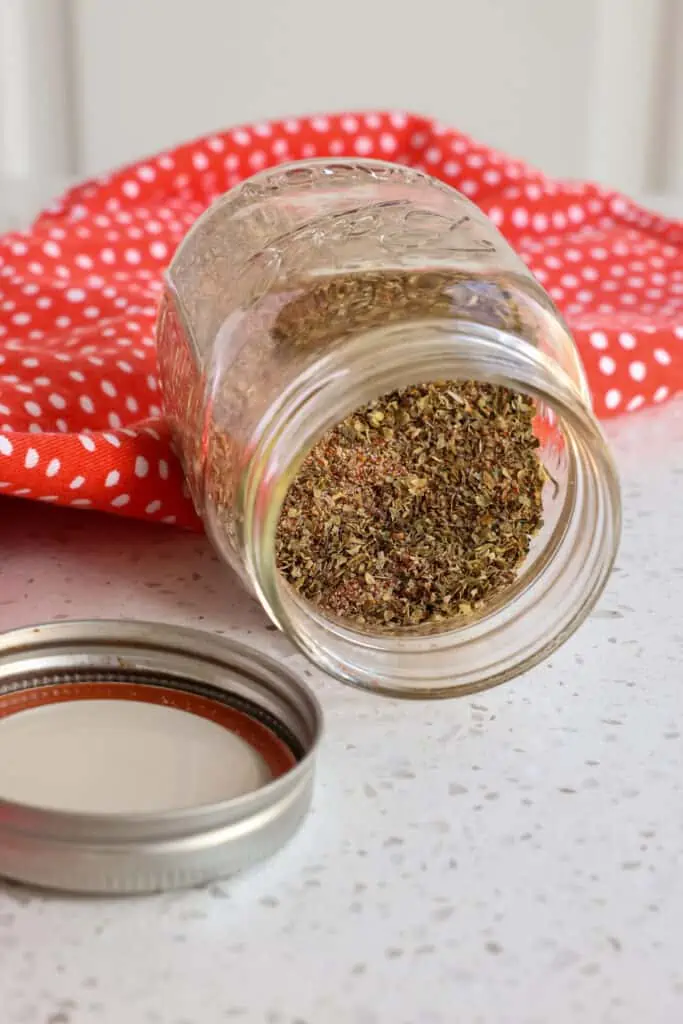
Beth’s recipe tips
- If you like it hot, increase the ground cayenne pepper, but do it a little at a time so you don’t overdo it.
- Marjoram is one of my favorite spices. I use it in a lot in my recipes. Marjoram is less pungent, more mild, and sweeter, with a woodsy citrus aroma. I included both because oregano is customary in Creole Seasoning.
- The fresher the spices and herbs are, the better the seasoning will be.
- Store in an airtight container in a dry place away from heat so next to the stove is not the best idea.
- This seasoning blend will last at least one year. But over time, it will start to lose its potency and aroma, especially in regard to the dried herbs.
- Use the seasoning in all your creole dishes and many of your Cajun dishes. Some would say they are not interchangeable, but I respectfully disagree since any recipe can be modified to suit individual tastes.

What is the difference between Creole and Cajun Seasoning Blend?
Although most times, these seasoning blends are used interchangeably, and as a substitute for the other, Cajun Seasoning is simply garlic powder, onion powder, black pepper, salt, and cayenne pepper. You can use the same quantities of those spices in this recipe for Cajun Seasoning, omitting the other spices.
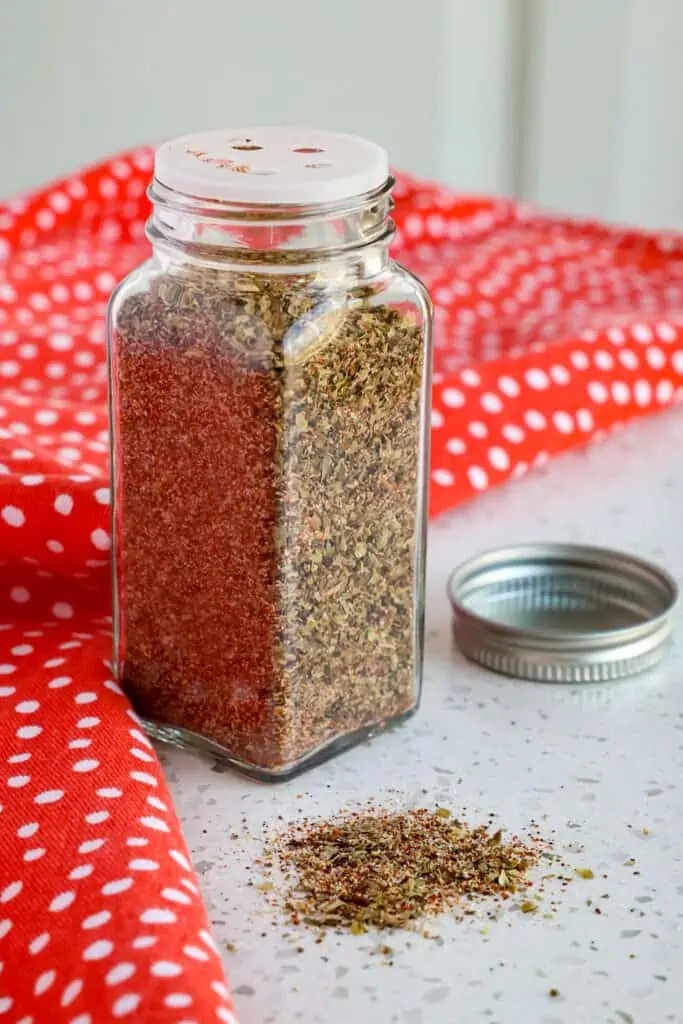
Recipes to use this Creole Seasoning Blend in
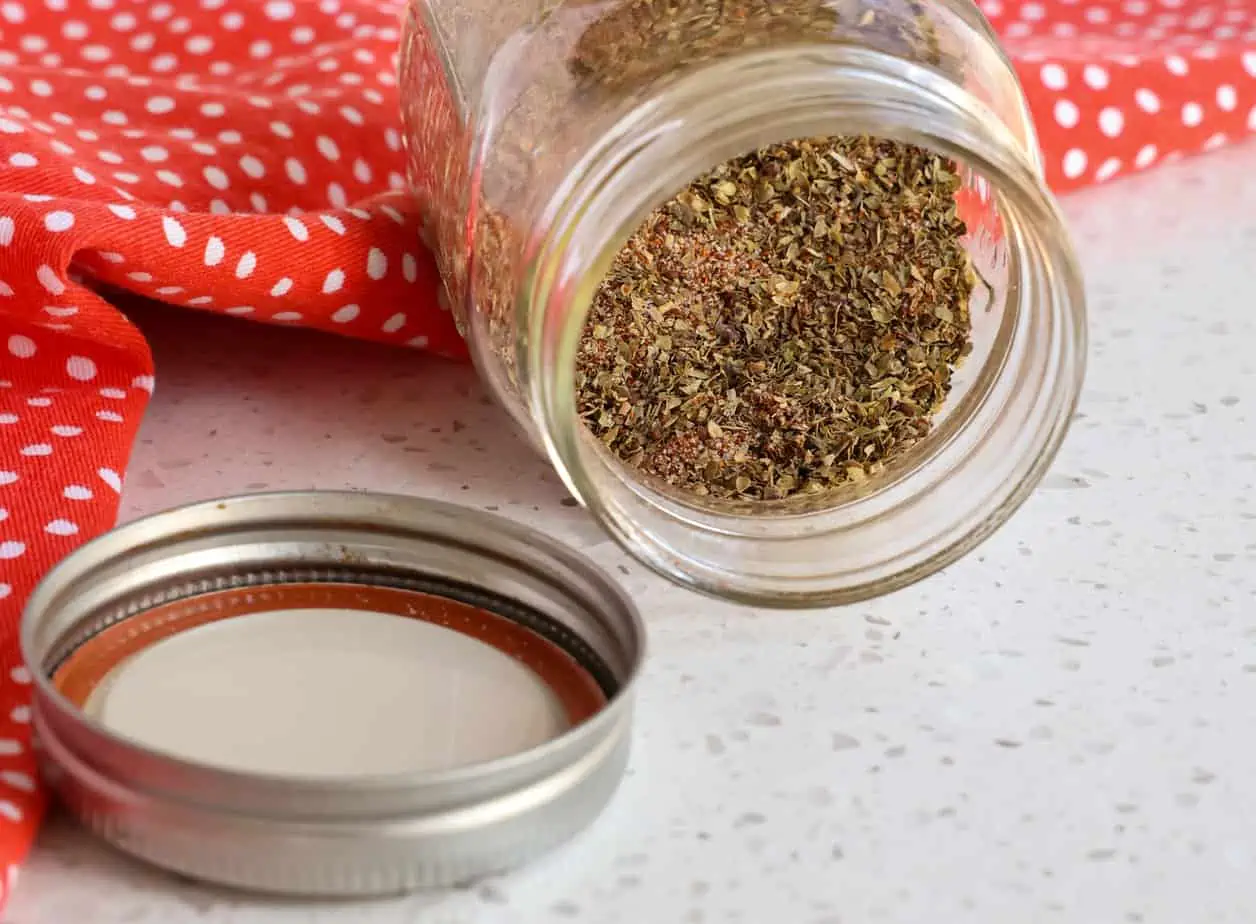
Homemade Creole Seasoning Recipe
Ingredients
- 3 tablespoons paprika
- 2 tablespoons garlic powder
- 2 tablespoon onion powder
- 1 ½ tablespoons dried basil
- 1 tablespoon dried thyme
- 1 tablespoon dried oregano
- ½ tablespoon dried marjoram
- 1-2 teaspoons ground cayenne pepper adjust to taste
- 1 teaspoon kosher salt
- 1 teaspoon fresh ground black pepper
Instructions
- Mix all the ingredients in a bowl or add them to a mason jar and shake to combine.
- Store in a mason jar or other airtight container and use when desired.
Notes
- If you like it hot, increase the ground cayenne pepper, but do it a little at a time so you don't overdo it.
- Marjoram is one of my favorite spices. I use it in a lot in my recipes. Marjoram is less pungent, more mild, and sweeter, with a woodsy citrus aroma. I included both because oregano is customary in Creole Seasoning.
- The fresher the spices and herbs are, the better the seasoning will be.
- Store in an airtight container in a dry place away from heat so next to the stove is not the best idea.
- This seasoning blend will last at least one year. But over time, it will start to lose its potency and aroma, especially in regard to the dried herbs.
- Use the seasoning in all your creole dishes and many of your Cajun dishes. Some would say they are not interchangeable, but I respectfully disagree since any recipe can be modified to suit individual tastes.
Nutrition
On the hunt for more delicious recipes? Follow Small Town Woman on Facebook, Pinterest, and Instagram.
https://www.smalltownwoman.com/wp-content/uploads/2019/05/Beth-1.pdf

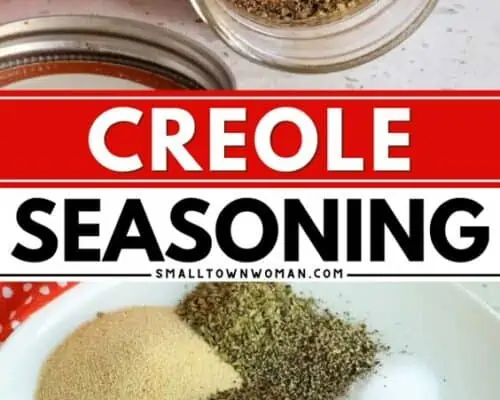


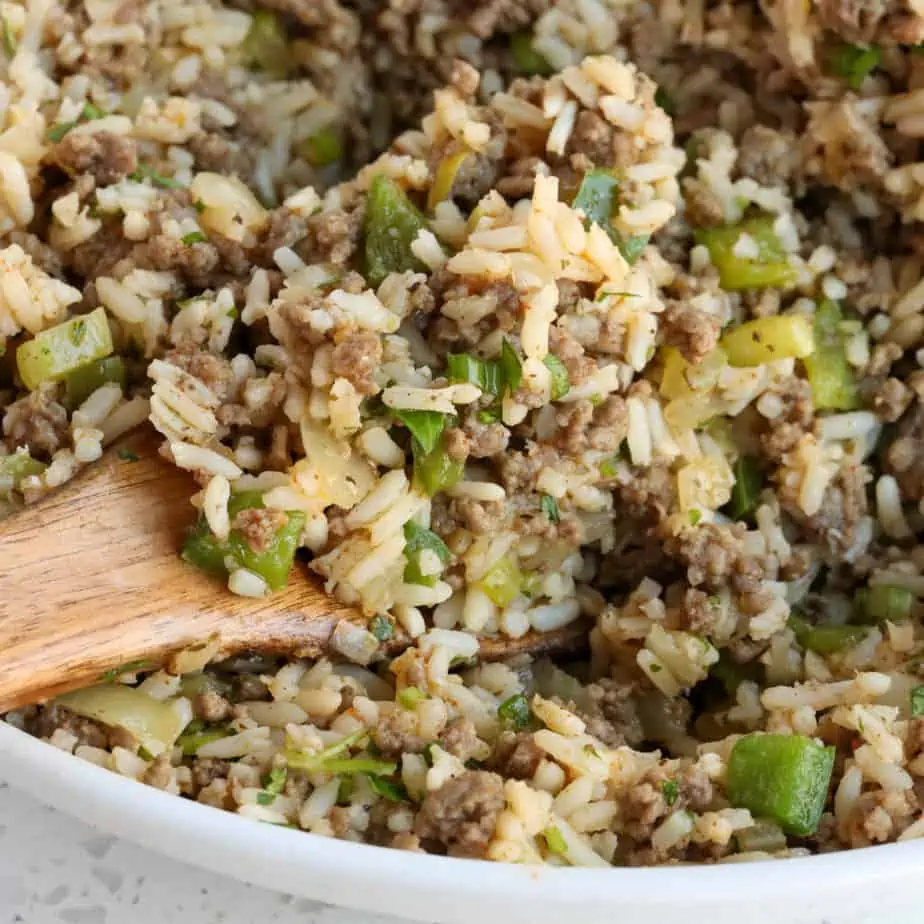






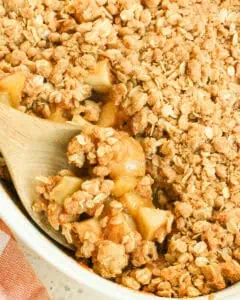
Clarice
This looks great! I haven’t really thought about DIY seasoning but I like the idea of making a version with or lesser sodium than the store-bought ones. Thank you for the tips and recommendations and will find time to buy the ingredients.
Beth Pierce
Thanks, Clarice! Enjoy!
Elise
What a wonderful seasoning mix. It is delicious on chicken and fish! Adds a little extra zip that it sometimes needs.
Olga
I love paprika and onion powder spices. I think my husband will love this seasoning too. I can’t wait to try it with pasta.
Kelly Bolen
My hubby and I love Cajun/spicy food! But not too much! LOL I pinned this so I can make it! I love the blend!
Wayne
Your Creole seasoning recipe is delicious. So much better than the store bought blend. It brings so much flavor to so many dishes, and it never disappoints me because it is a great seasoning!
Beth Pierce
Thanks, Wayne!
Suzanne
I’ve made this creole seasoning a few times. We use it on so many different dishes! This is the best creole blend I’ve tried.
Beth Pierce
Thank you, Suzanne!
Marysa
I love cajun pasta. I’ll have to try making your creole seasoning! I think it would be great on green beans as well. Such a great and versatile seasoning.
Kay
I love homemade seasonings. They boost the taste of recipes so much and you can control all those ingredients that you want less of like salt. Thanks for sharing the recipe!
MELANIE E
I haven’t thought to make my own creole seasoning before. This could be a lovely idea and taste better than the shop bought stuff. It’s great it can be used in so many dishes.
Ned
Thank you for the tip on using herbs that are as fresh as possible. We do have a lot of those here and sure, I have ample time to make this seasoning.
Nayna
I love spices and cook with lots of them I have not made this creole spice before so I will definitely make it and use in my vegetarian dishes. It sounds so flavoursome.
Stephanie
This Creole seasoning mix is so much better than store-bought. Just the right blend of spices and so many uses for it.
Vanessa Palma
Off I go to make a nice, hot and yummy gumbo!
Rosey
What a good idea to make the seasoning yourself. This would be good to have in the kitchen.
briannemanzb
There are a few delicious recipes that I use this seasoning for. Such great flavor and less salt than the premixed stuff from the grocery store.